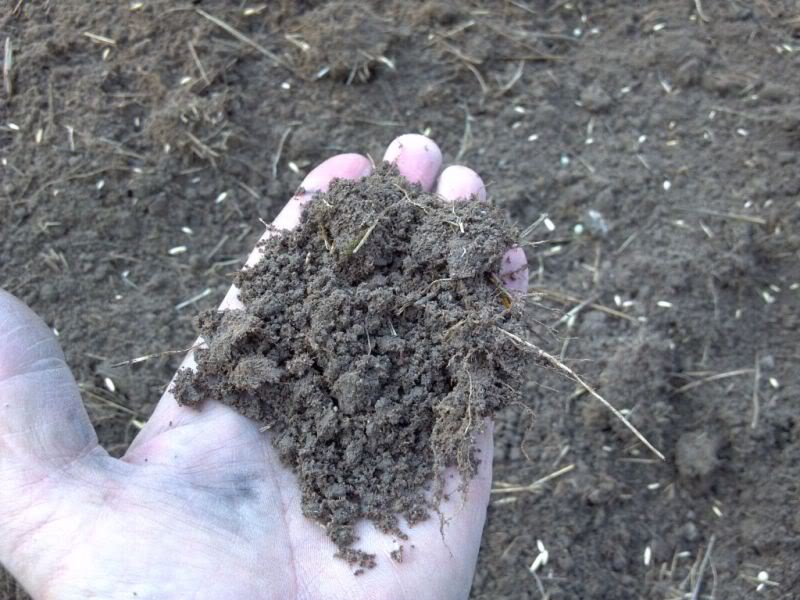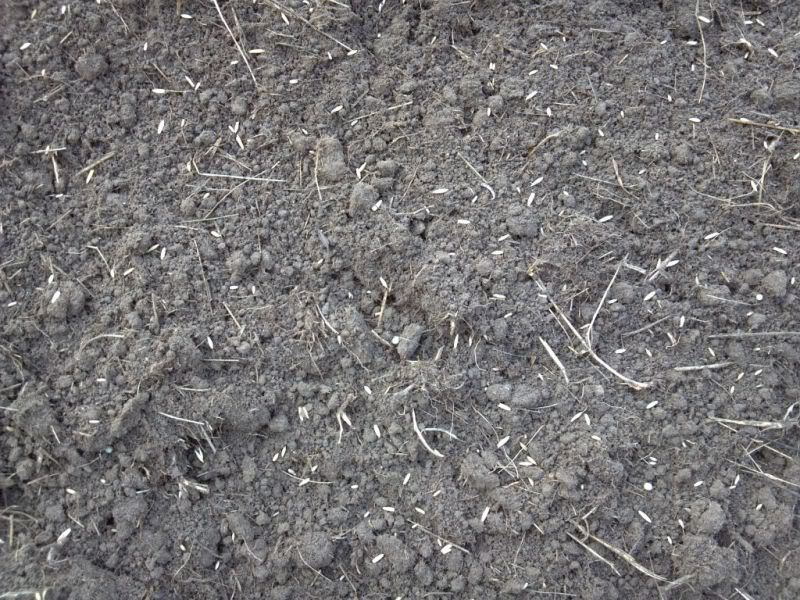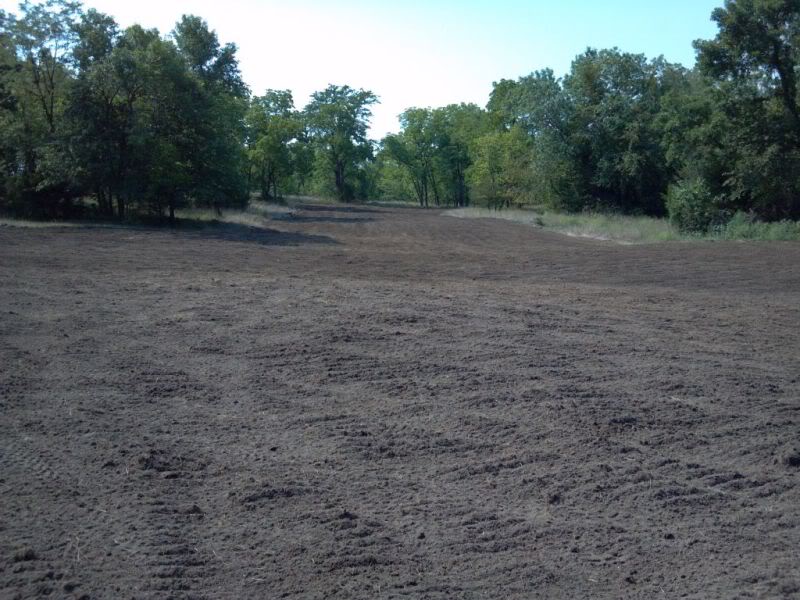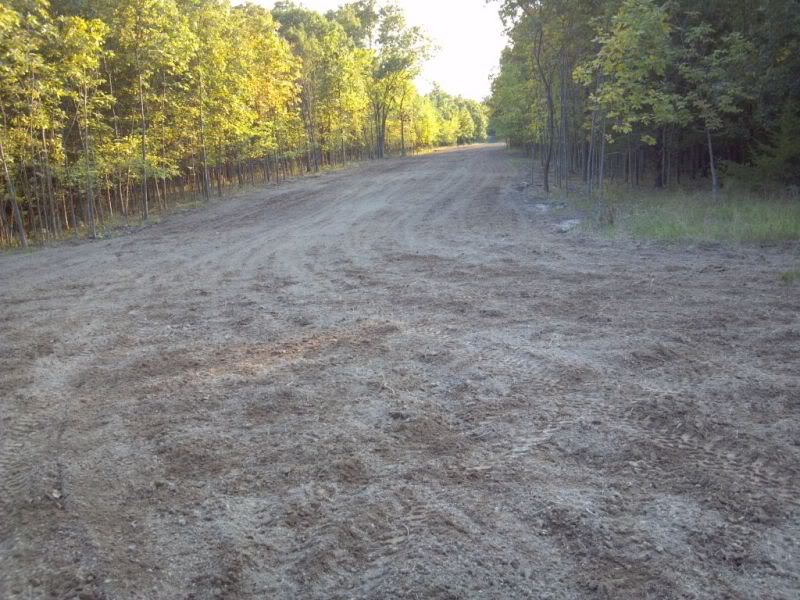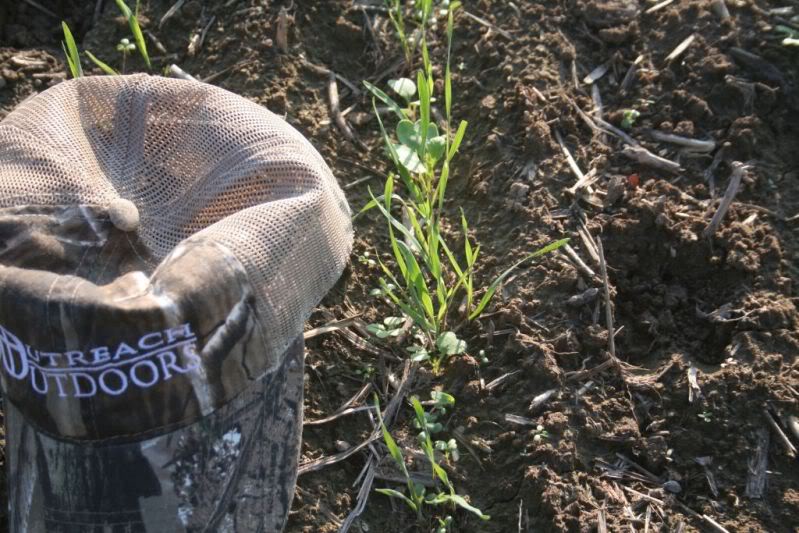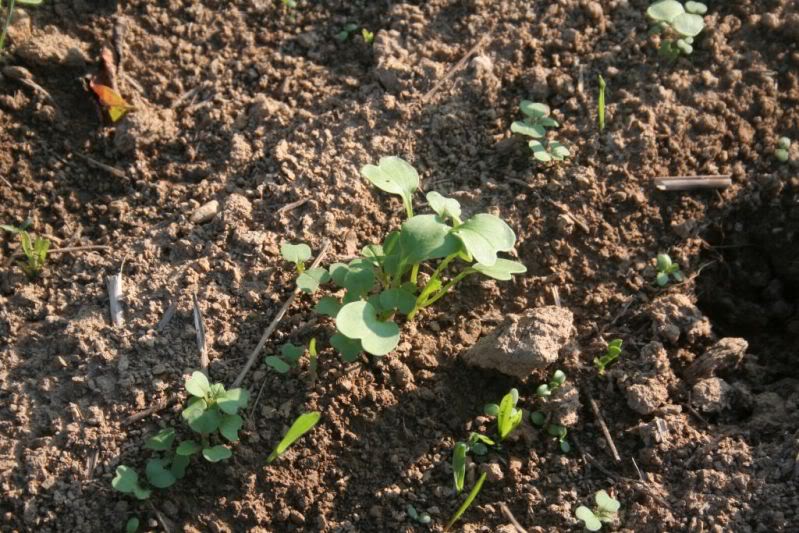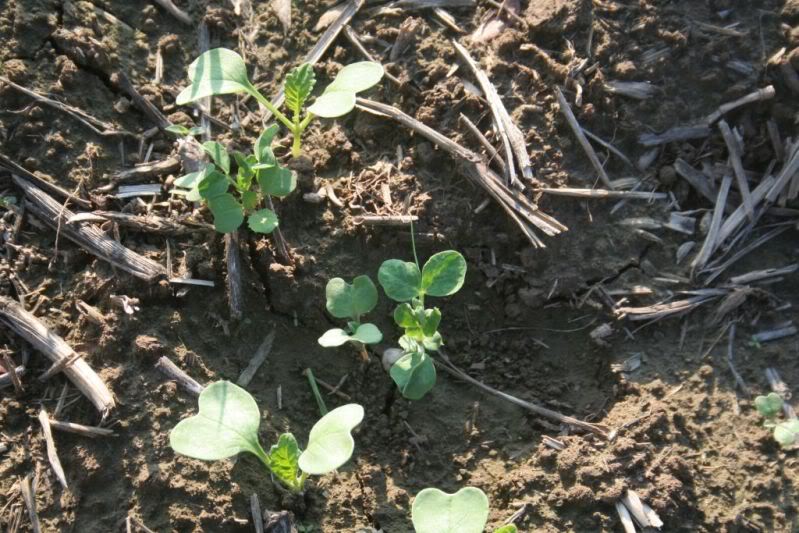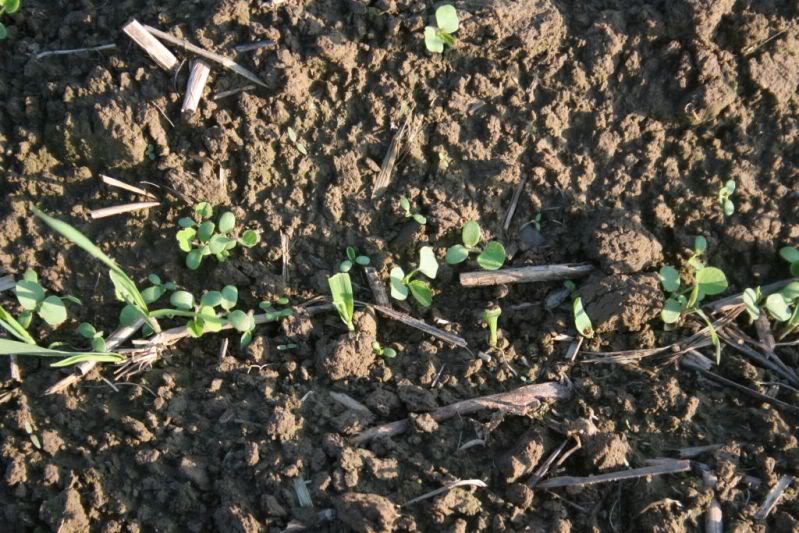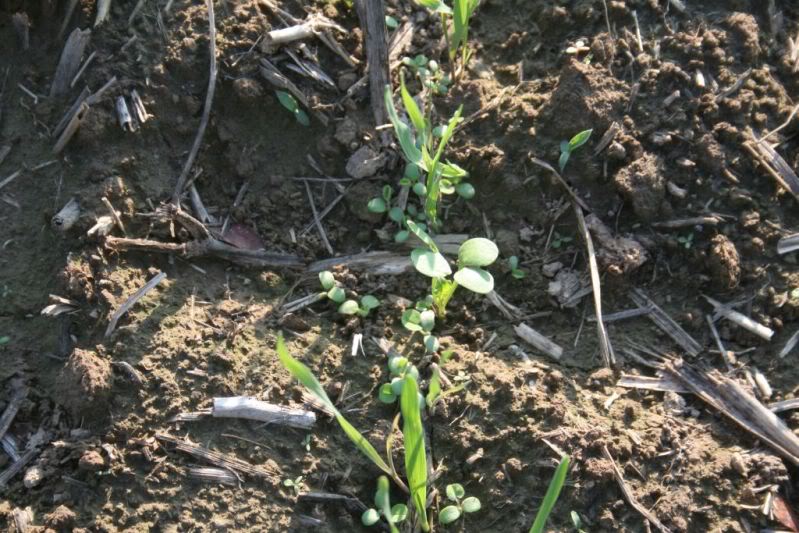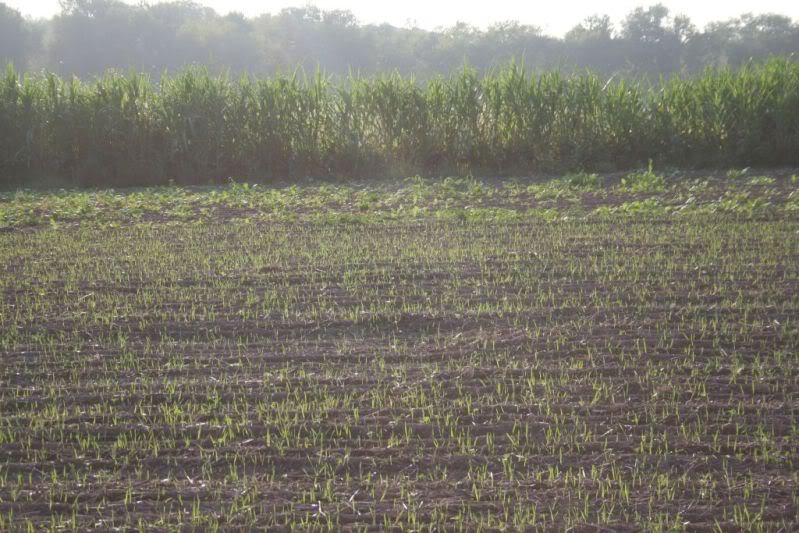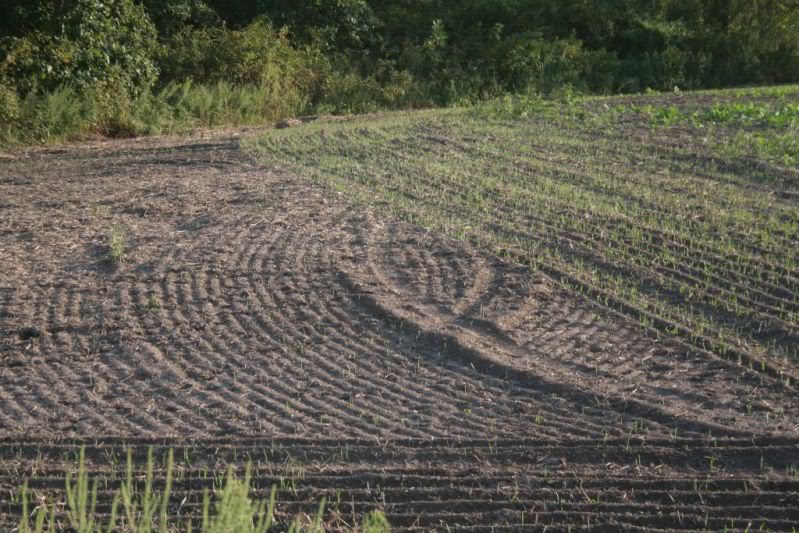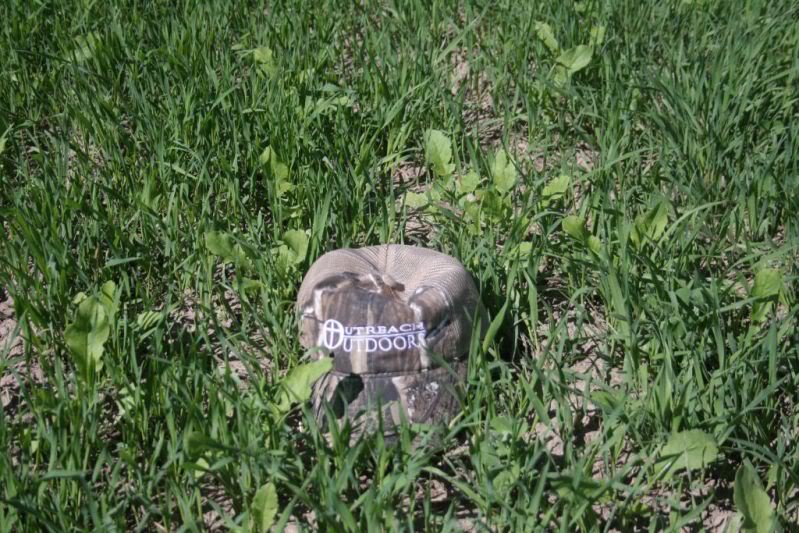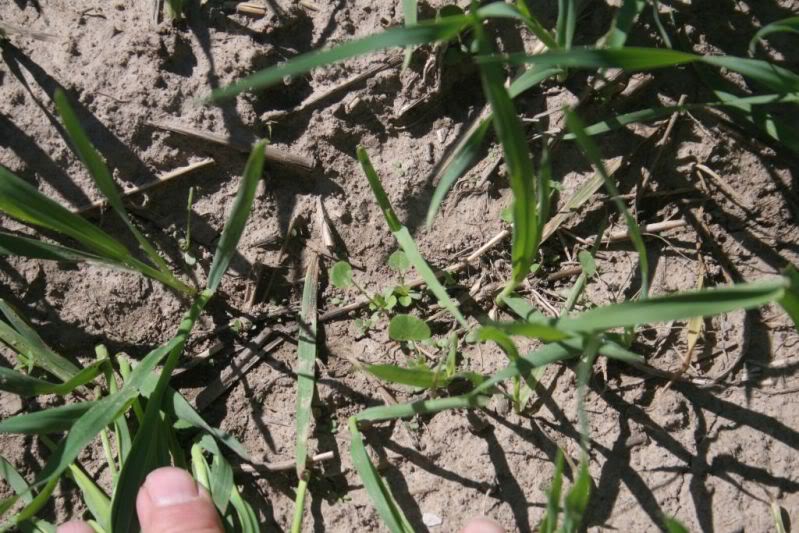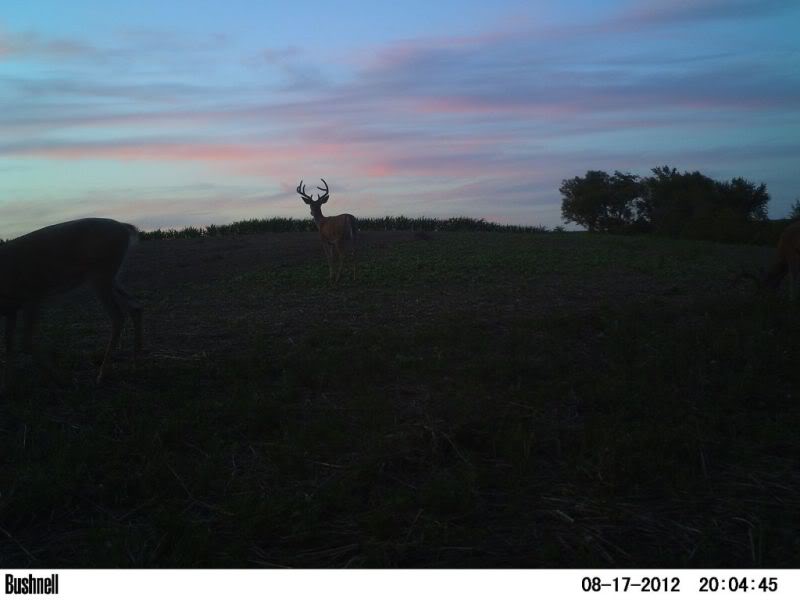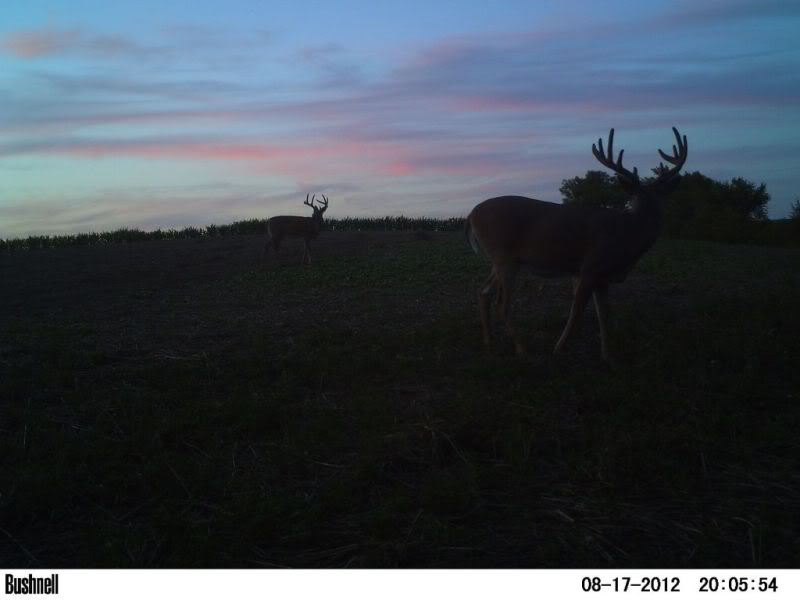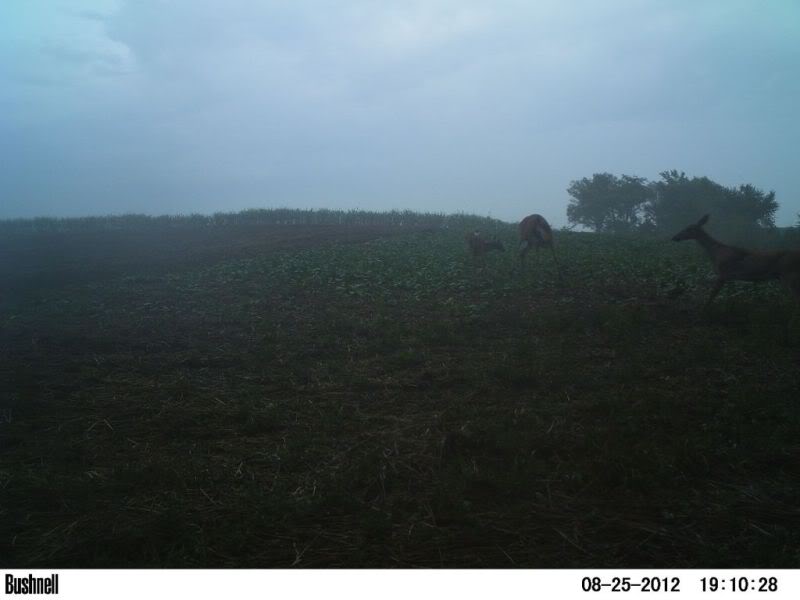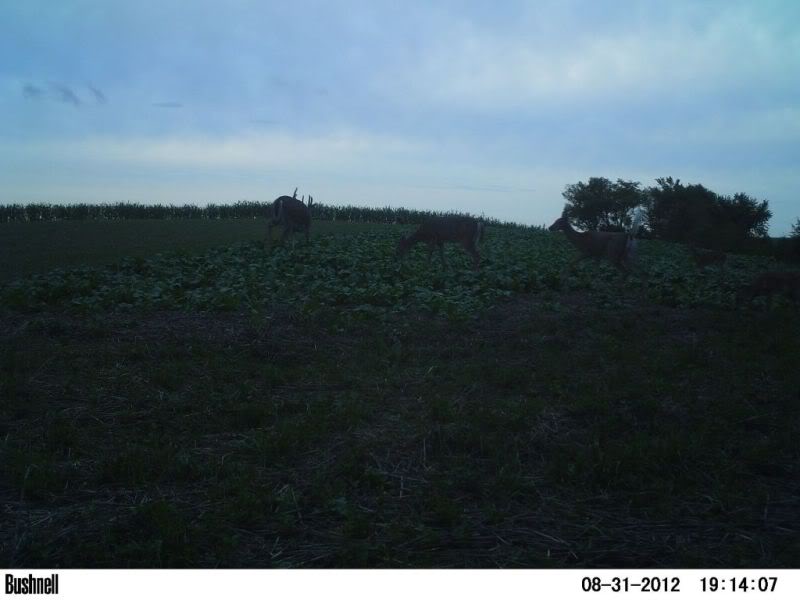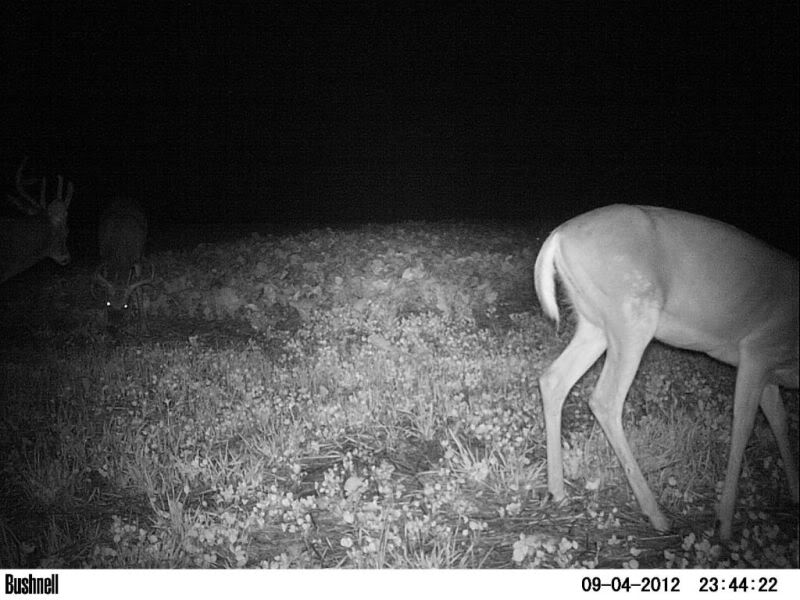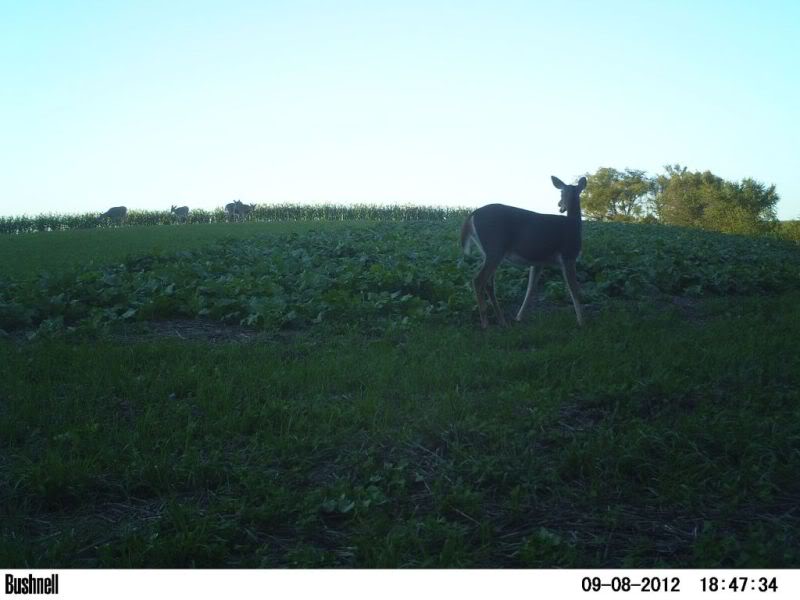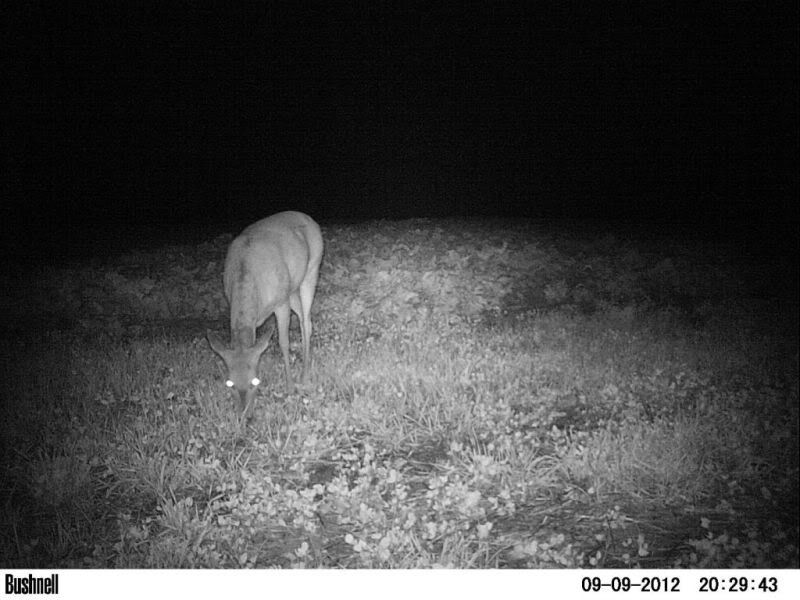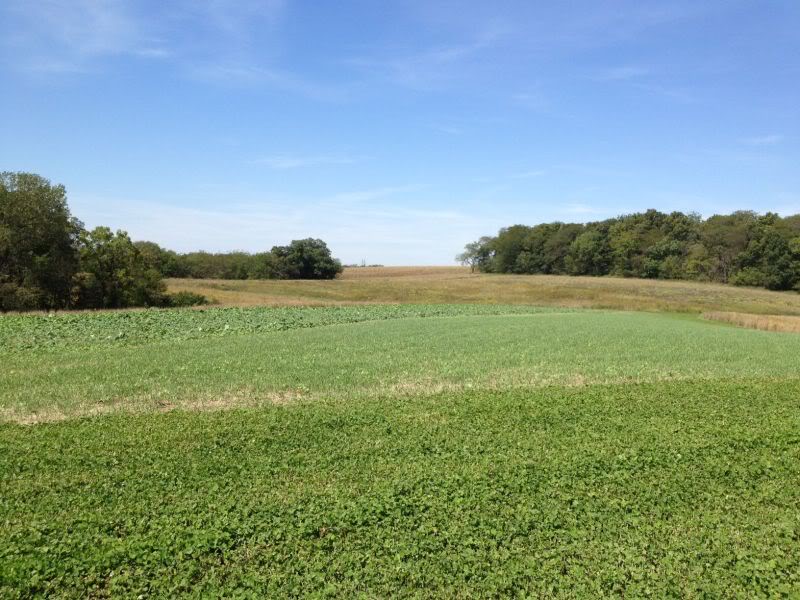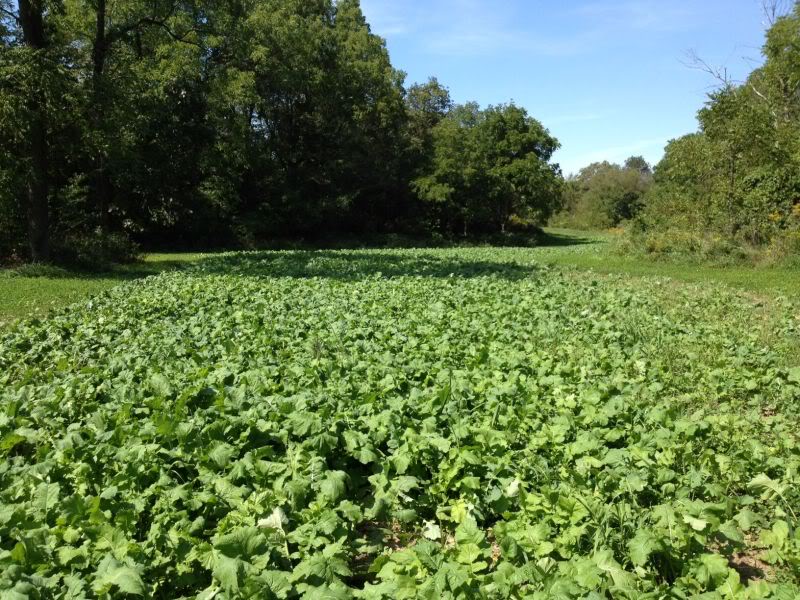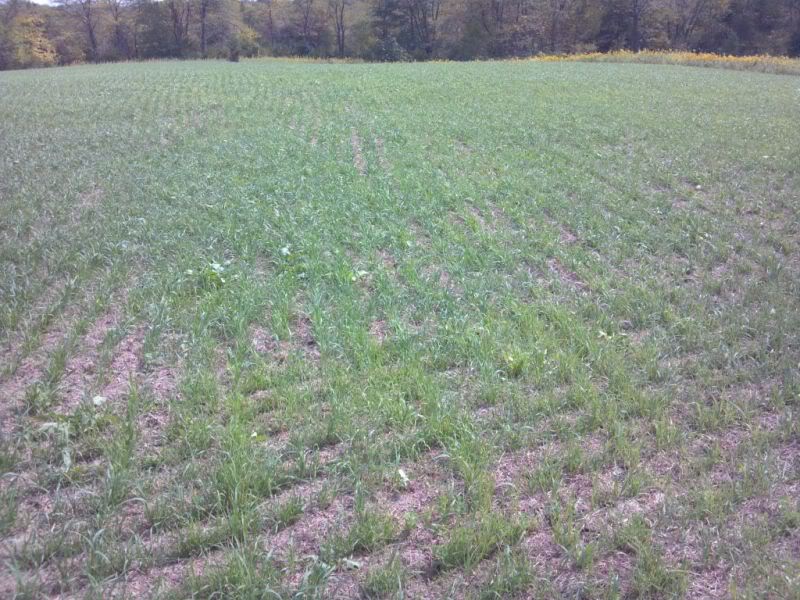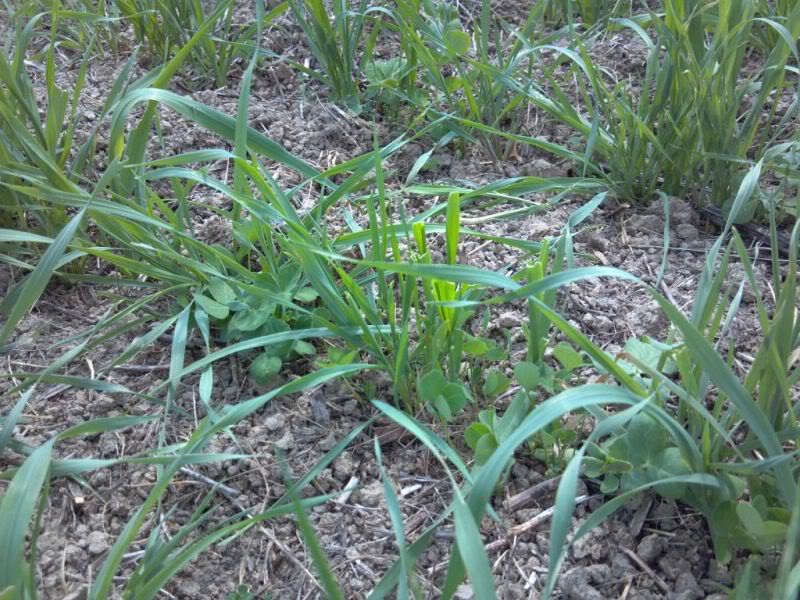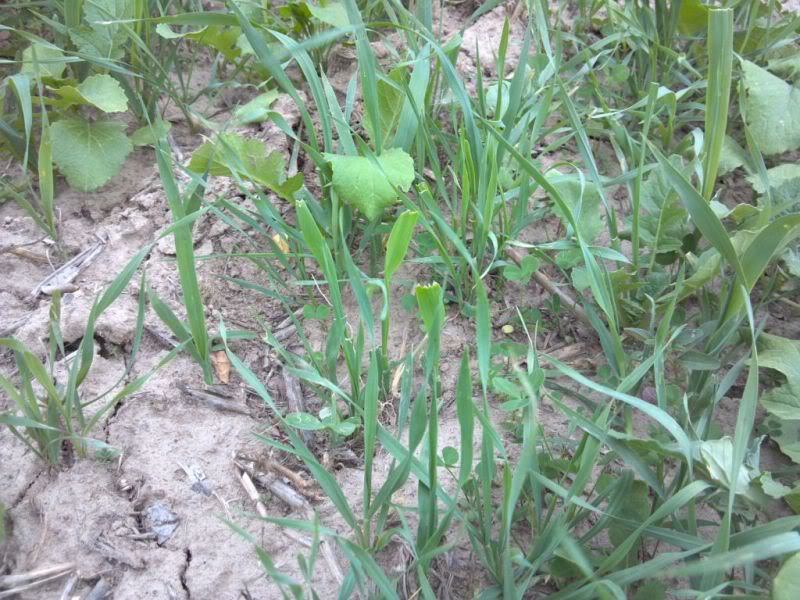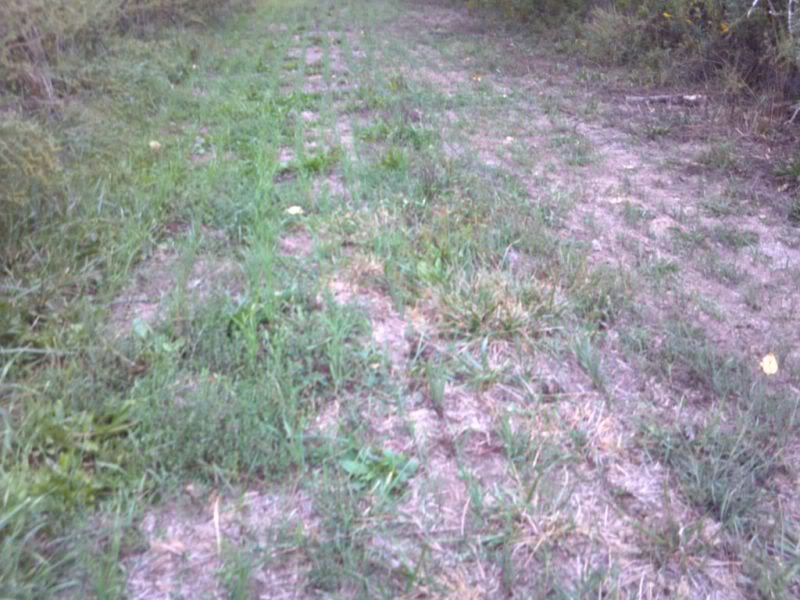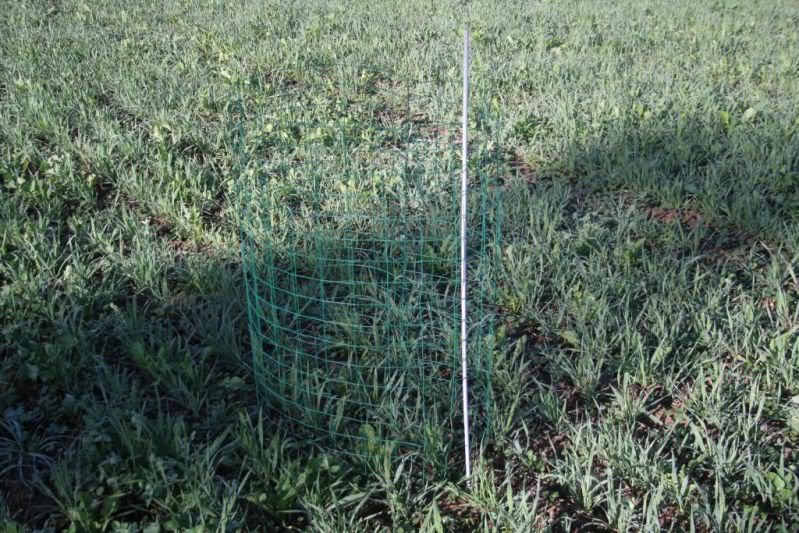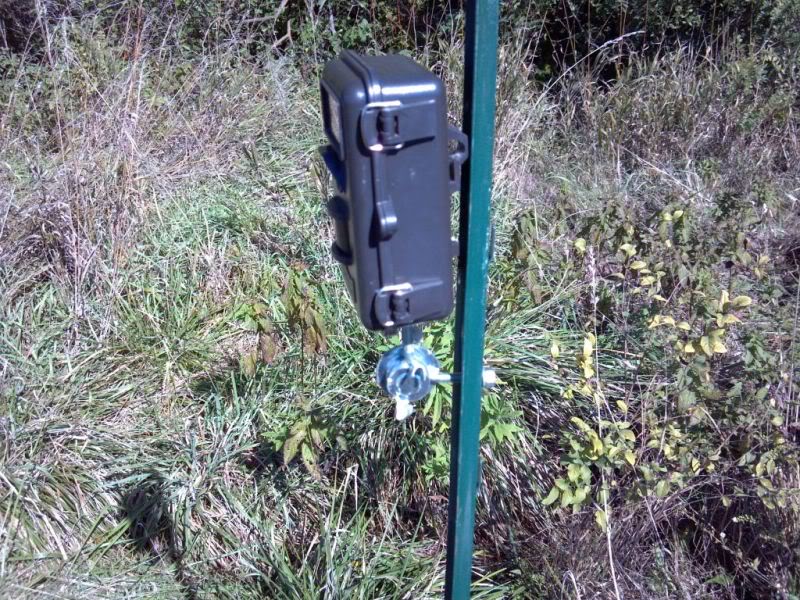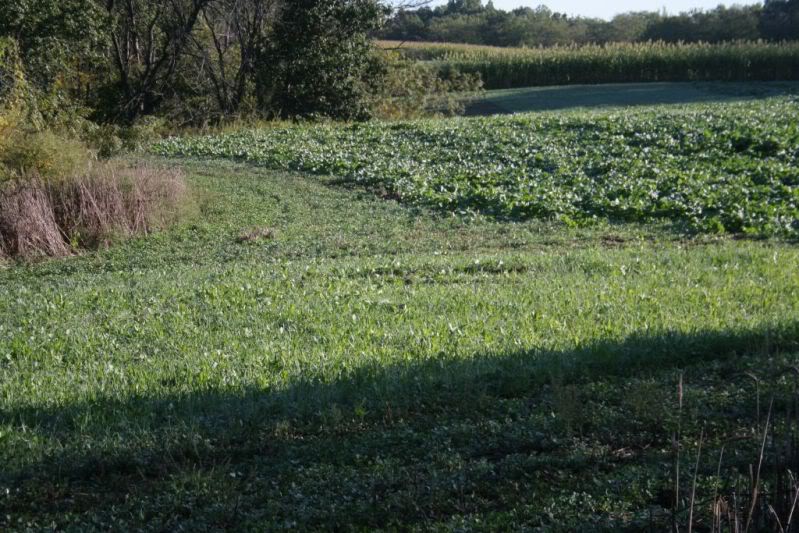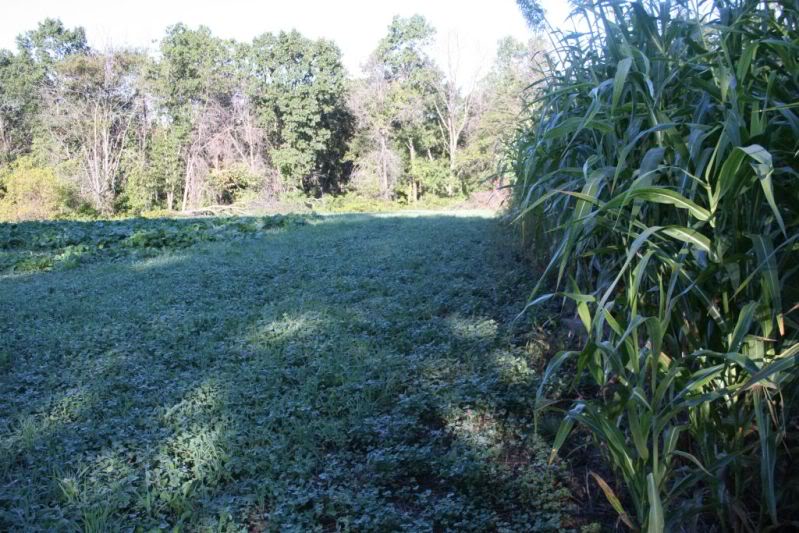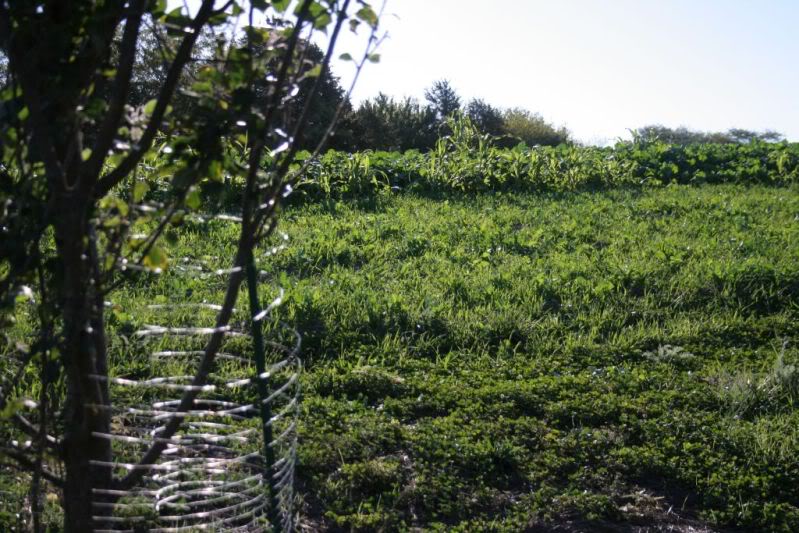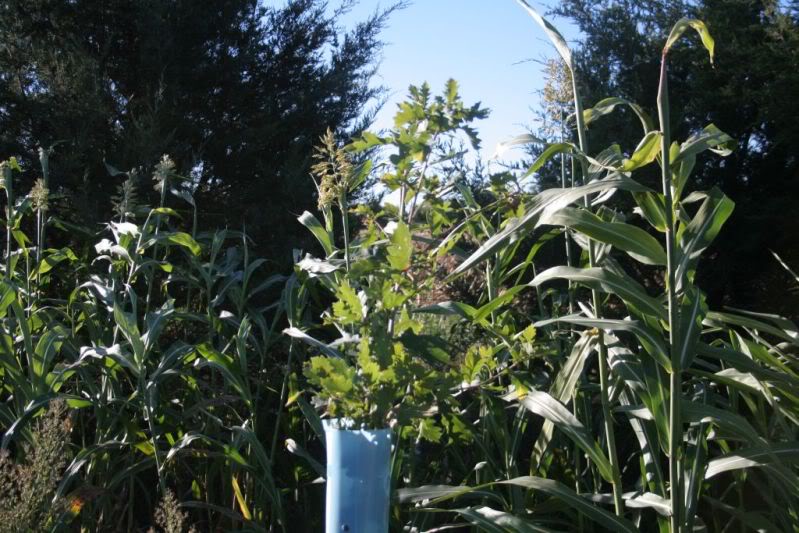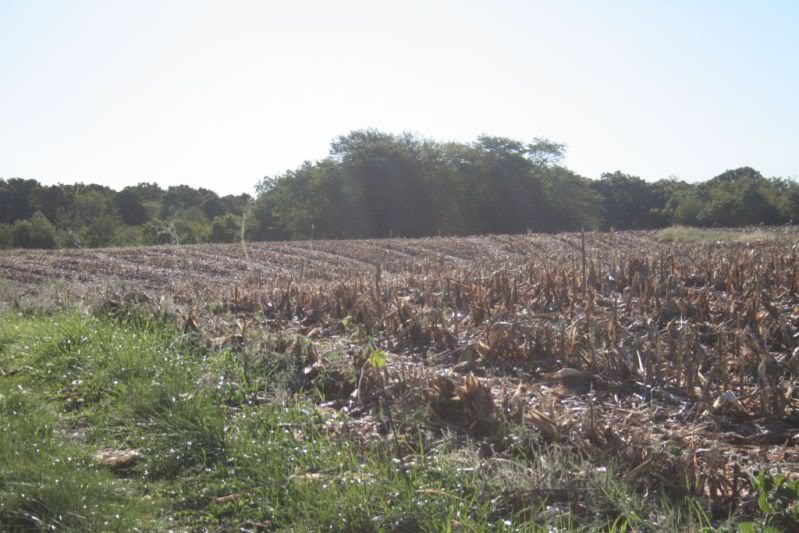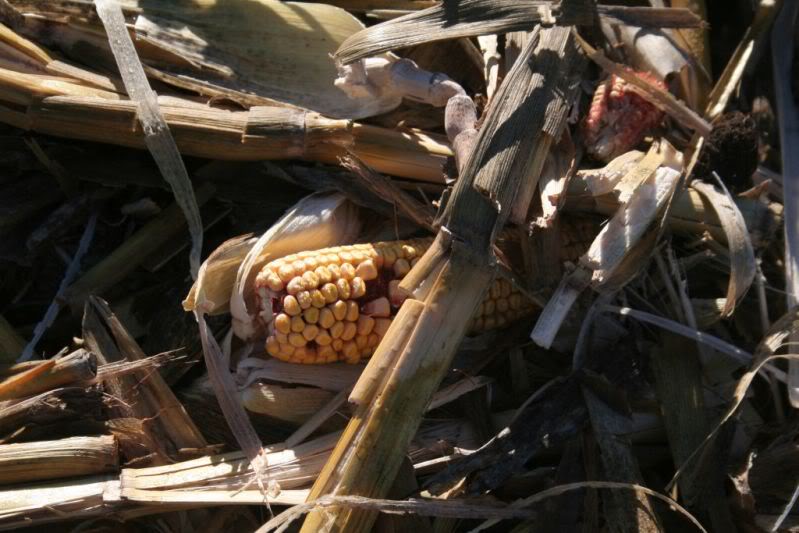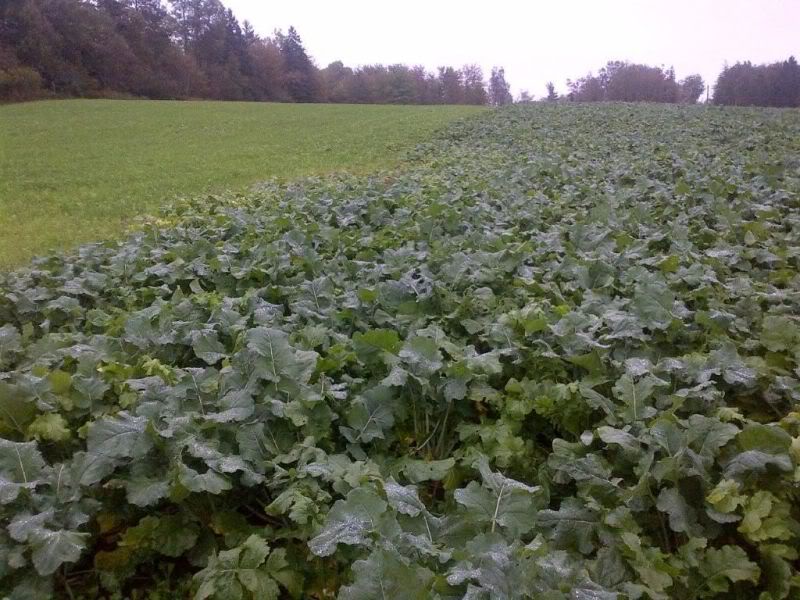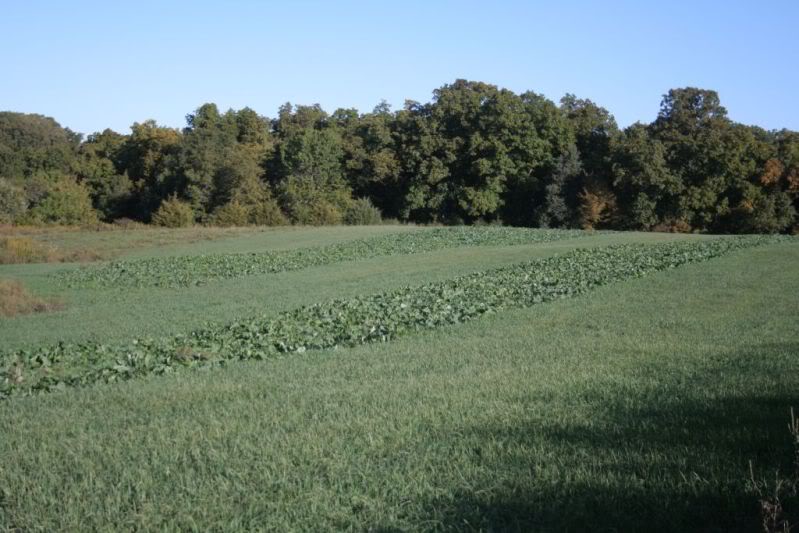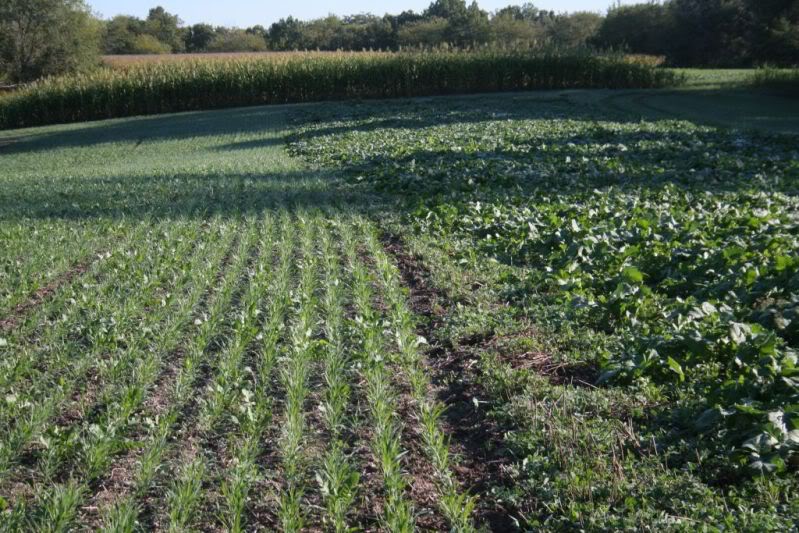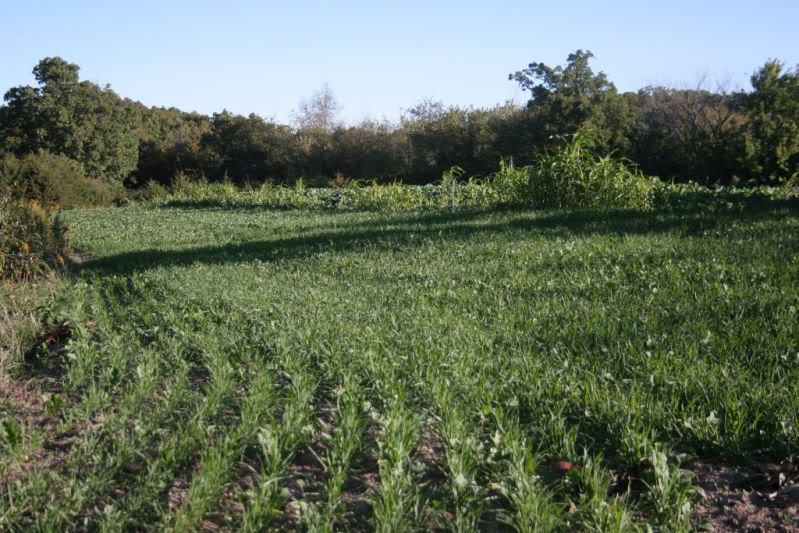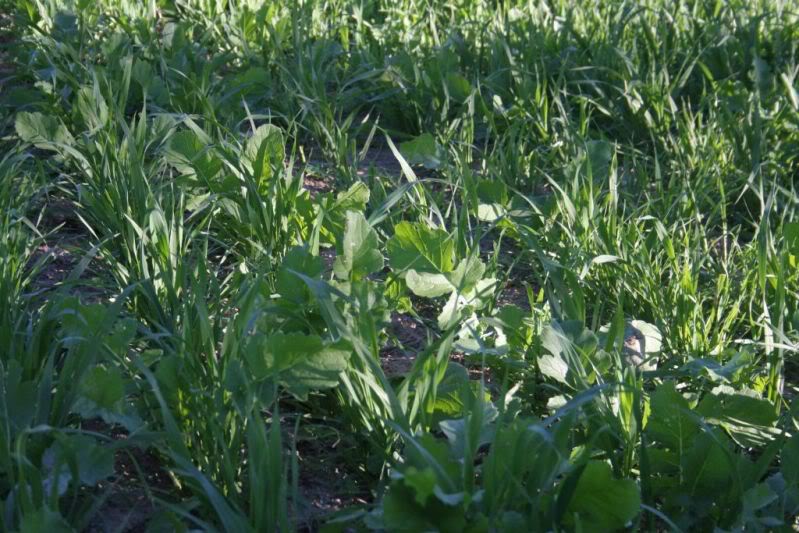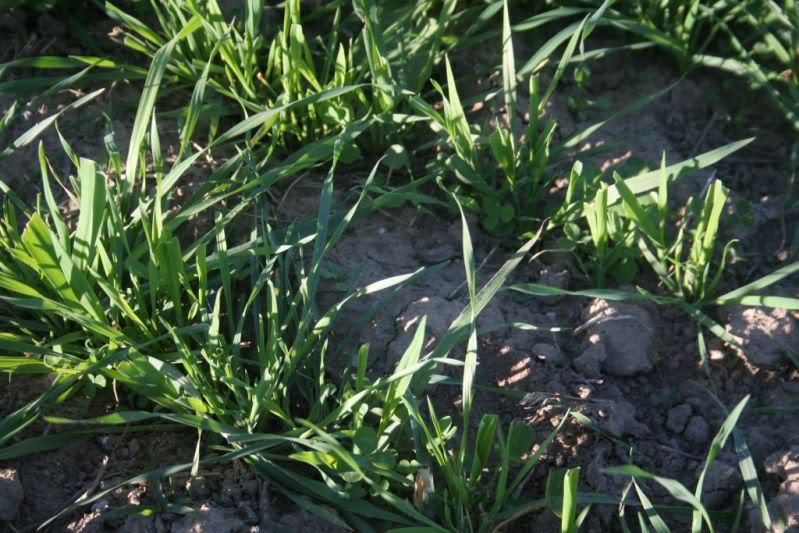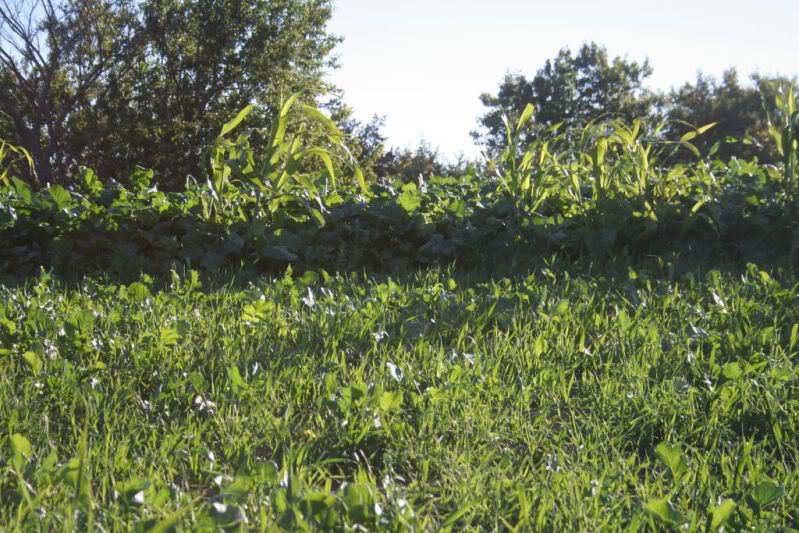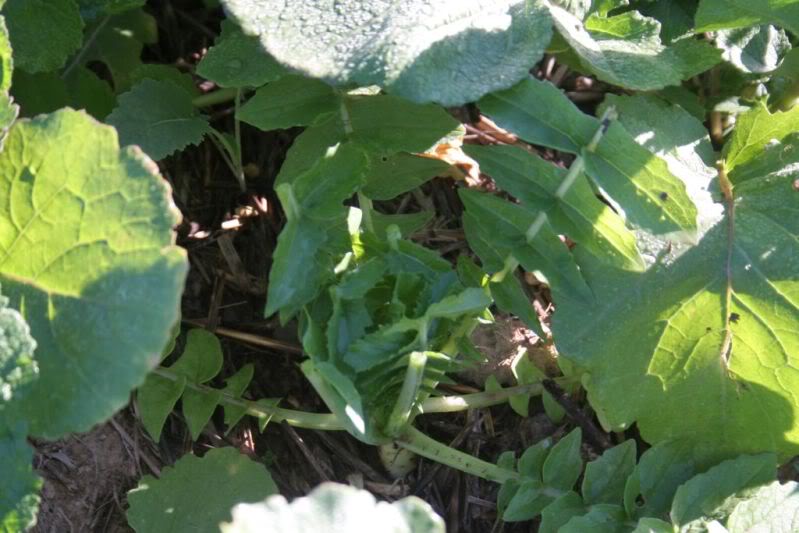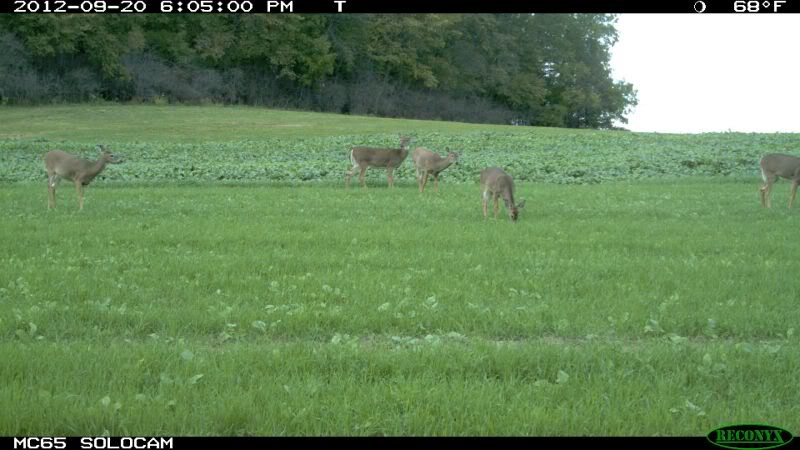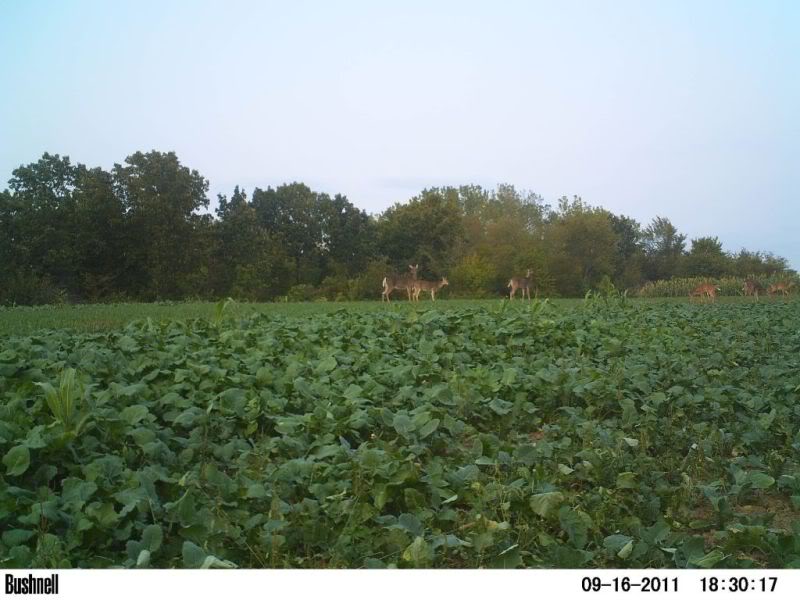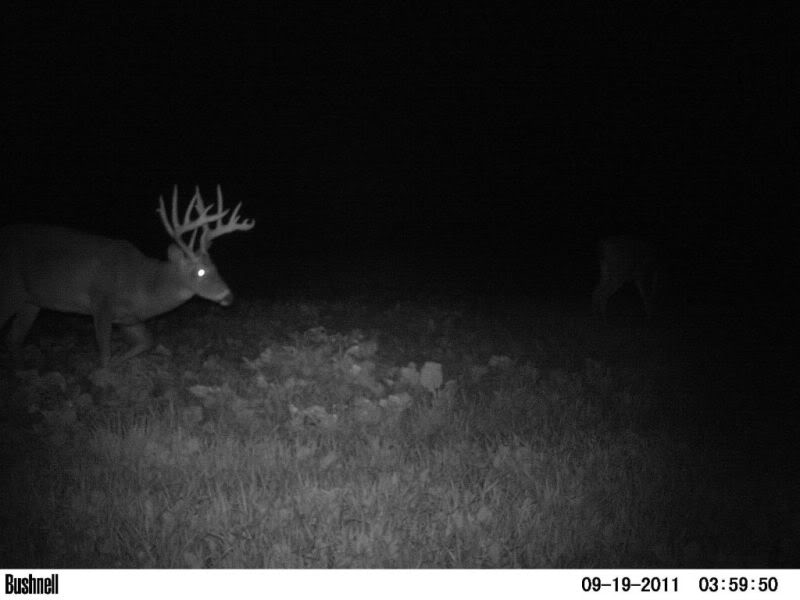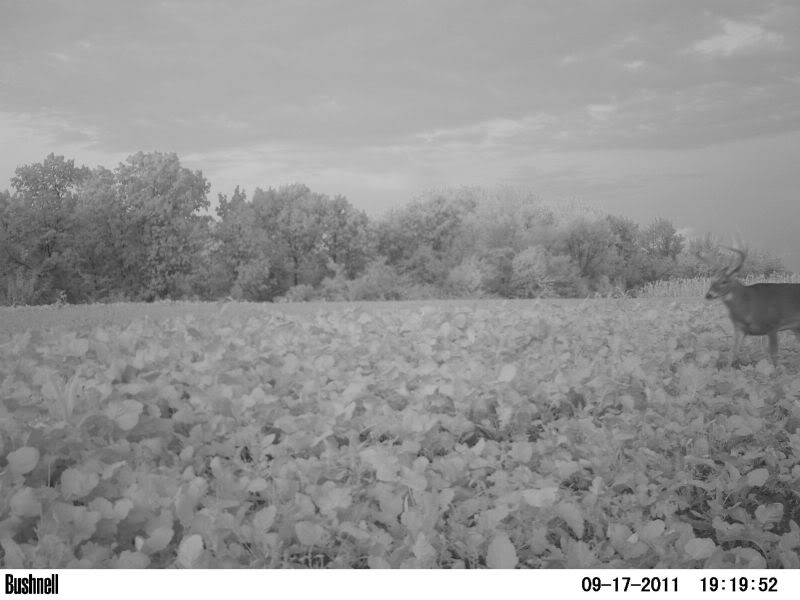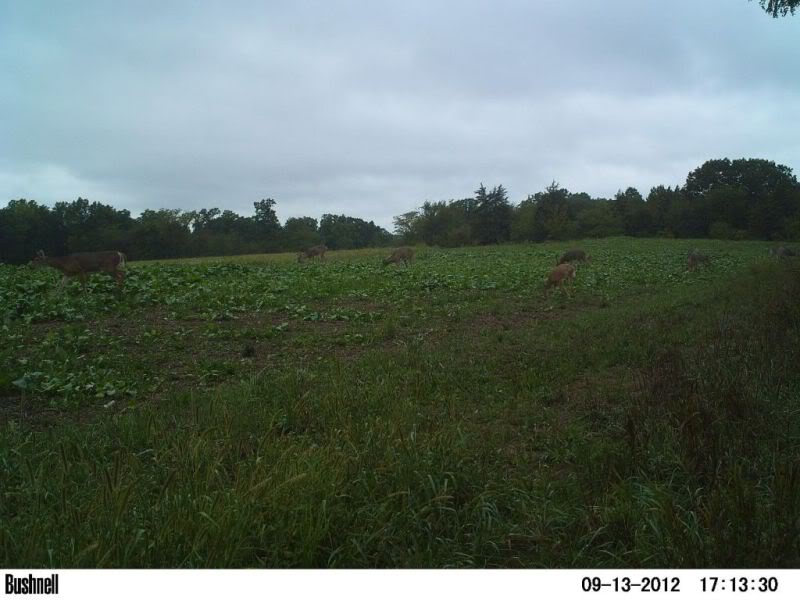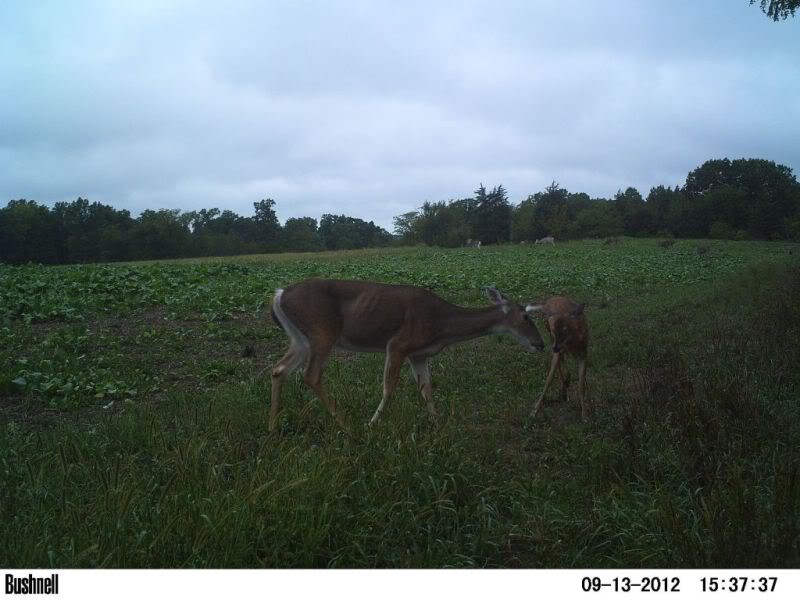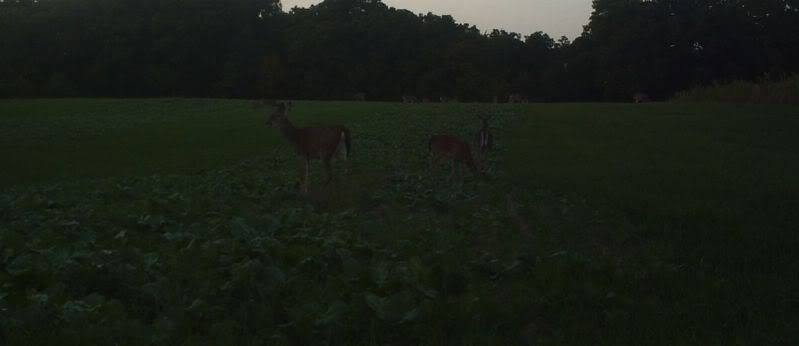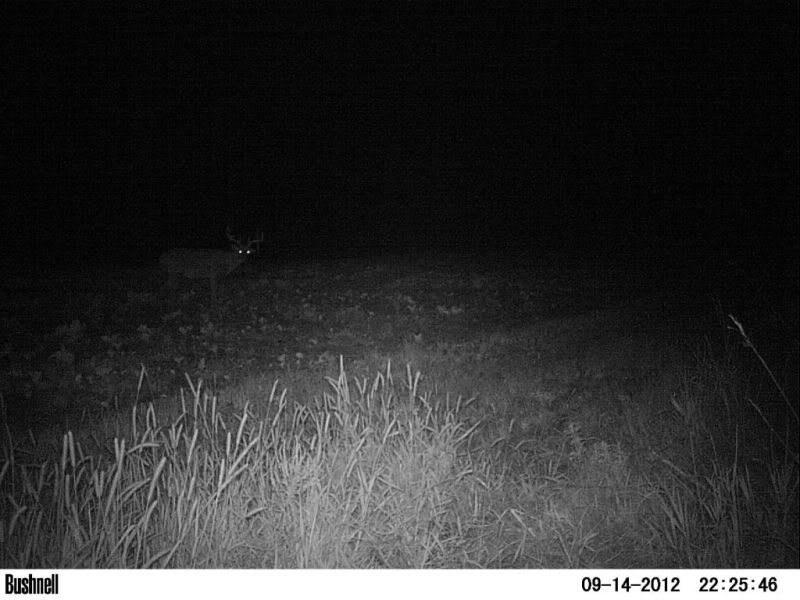September 24th, 2012
When reading these threads it is important to remember, this is not about one thing, a couple crops planted and instant success! It's about a diverse array of habitat improvements of which cover is Job 1 followed closely by year around food sources. Whitetails are resourceful, opportunistic feeders and will quite literally eat almost anything including "weeds" like pigweed and ragweed.
You could plant weeds, you can plant almost any crop that deer eat, but....that doesn't mean it will help you build a successful habitat program that will in turn hold mature whitetails on your property AND...allow you to successfully harvest them, sooner.....rather then later.
This thread and the information within is only one small piece of the habitat pie, yet crucial nonetheless and as with all of the information I share, positive proof of it's (combined) effectiveness is provided on an ongoing basis.
The results of habitat changes can vary so it is important for each landowner to monitor the changes on an annual basis knowing that first year results may not be the same as those in the third year. If you plant only food sources and do nothing to improve your cover, results will be far less then those that make ALL the improvements necessary.
Monitor your feeding areas by using exclusion cages....
and trail cams on field scan mode
Remember it may take time to "unadapt" deer from using the food sources they are use too in the places they felt comfortable feeding and change to those you may have newly created. Keep doing the same thing in the same place and monitor activity over a period of years as you use every means possible to improve you adjacent cover.
Year around food sources will quickly adapt deer to a feeding area ESPECIALLY if you include white/ladino clover...note the clover along the timber edge along with brassicas and the rye combo that are easily rotated and the screening in the background.
A mix of white and red clovers surrounds every feeding area and deer follow it like a puppy on a string...in this case along and Egyptian Wheat screen...right to a blind
In this picture you can see the diversity that we provide...fruit trees, clover, rye combo, brassicas....
and an array of hybrid oaks and chestnuts surrounding the feeding area....EVERYTHING in one place and every deer comes to these diverse feeding areas!
They walk across this corn stubble field of freshly harvested corn....
With corn laying all over the ground....to get to the feeding area they have become adapted to using for a number of years now
This does not mean they will not eventually eat the corn but they do so as they travel across the field and still end up in the feeding area and while these deer did this from year one, others may take several years to adapt to the new feeding area and the new food sources in it.
This time of year I receive pictures from all over the country including this pic sent in by Terry from Nova Scotia! Well done Terry!!
The combination of food sources insure that deer will not run out of food...ever and this is what keeps them coming back
the old way was to plant "something" that would attract deer for a while in the fall....but then landowners are frustrated when deer are in the neighboring crop fields...something we no longer have to worry about....
Every feeding area on every farm is the same...clover, brassicas and the cereal rye mix
Right now the lush rye and oat mix is very attractive
and whitetails eagerly feed on young cereals
Taking pressure off the brassica half of the plot
where the forage radish plants are being ravaged
and in every feeding area...the whitetails are there...
you will hear...negative comments in forums from time to time but often the poster expects one thing to fix their problems but whitetails don't live on "one" thing...
They need thick cover and plentiful browse...not a 1/2 mile away but immediately adjacent to the feeding area
Poor cover = few deer = little or no use in a feeding area = excuses and a zillion reasons why the food source is to blame rather than....the landowners themselves....
Given a buffet, whitetails will choose or select the most tender and palatable plants within the buffet at first, such as forage radish, white clover, and then rye and oats. As plants mature and the weather grows colder they will feast on the peas and rape plants and later when the snow gets deep, the rye and turnips....but in each of these feeding areas the end result will be little if anything left by winters end....
Feeding deer year around takes some experimentation as to "how much" and that area will change as your deer numbers increase due to enhanced cover, start small and expand your feeding area as necessary to feed the deer on your property
Adapt the does to coming in every day, 365 days a year...
and it's a no brainer where the bucks will be this fall....
Share your feeding area and deer pics and be an encouragement to others who are not satisfied to plant "something" and have ho him habitat and hunting success....
Plant ALL in one plot in strips or blocks
Alice, Kopu II, Durana (or comparable) white clover 10% of plot, sow at 6#'s per acre with the rye combination in the fall or in the spring with oats and berseem clover. Correct Ph and P&K with soil tests
Brassicas in 45% of plot
Purple Top Turnips 3#
Dwarf Essex Rape 2#
GroundHog Forage radish 5#
Plant in mid to late July in most Midwest states, or 60-90 days before your first killing frost, Use 200#'s of 46-0-0 urea and 400#'s of 6-28-28 per acre. Follow the dead brassicas with oats and berseem or crimson clover in mid spring at 60#'s oats and 12-15#'s berseem clover and/or 50#'s of chickling vetch)
Cereal Grain combo in 45% of plot
Winter rye 50-80#'s per acre (56#'s = a bushel)
Spring oats 80-120#'s per acre (32#'s = a bushel)
Frostmaster Winter Peas or 4010/6040 Forage peas 20-80#'s per acre
Red Clover 8-12#'s per acre or white clover at 6#'s per acre (or 20-40 pounds hairy vetch and 20-30#'s crimson clover on sandy soils)
Groundhog Forage Radish 5#'s per acre
Plant in late August to early September, if following well fertilized brassicas use 100 - 200#'s of urea, if starting a new plot add 400#'s of 6-28-28
Rotate the brassicas and rye combo each year






